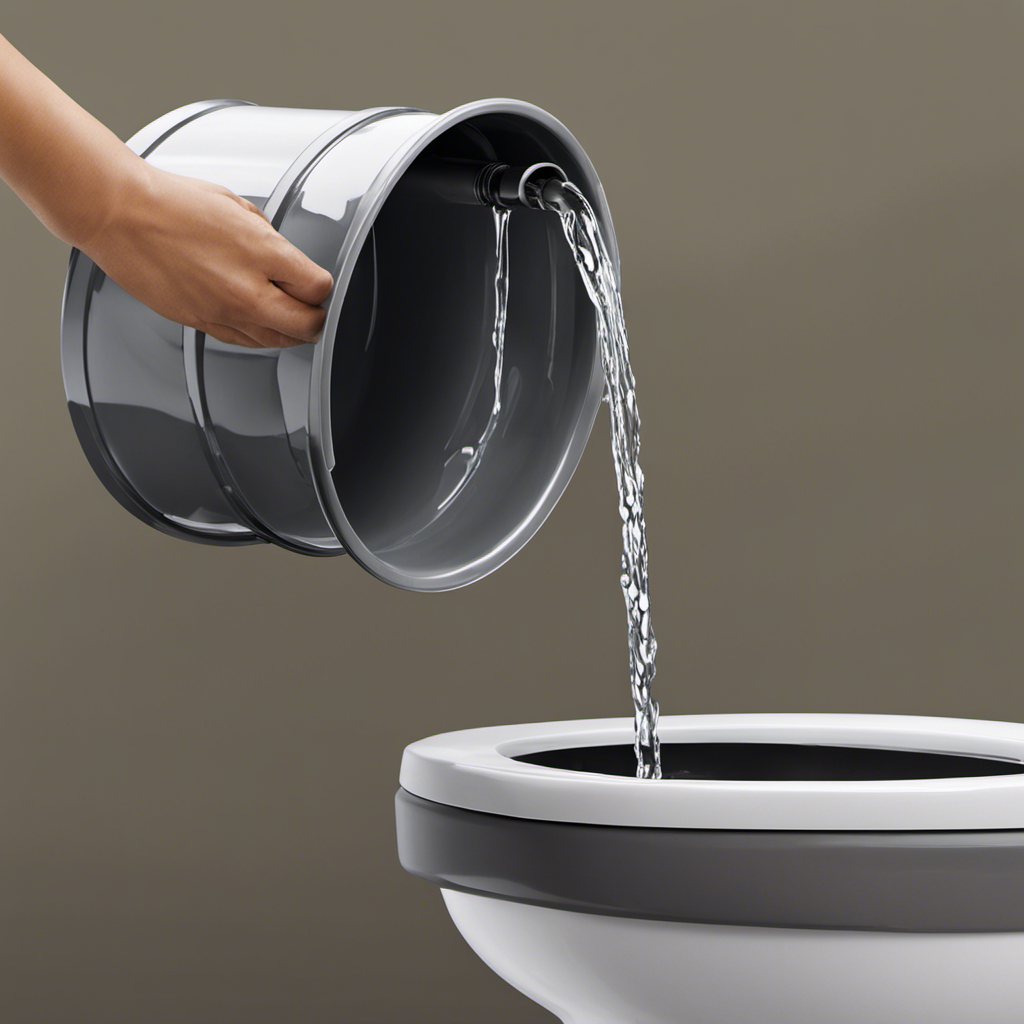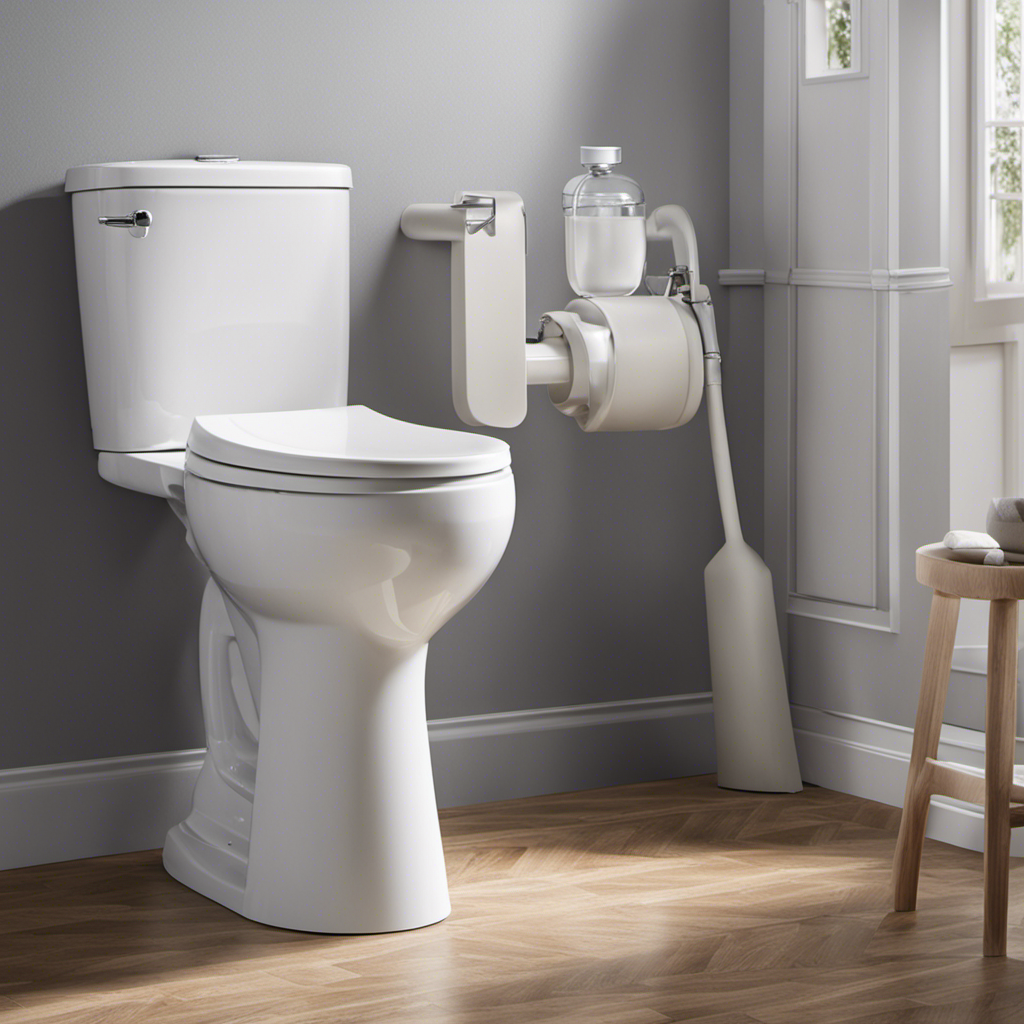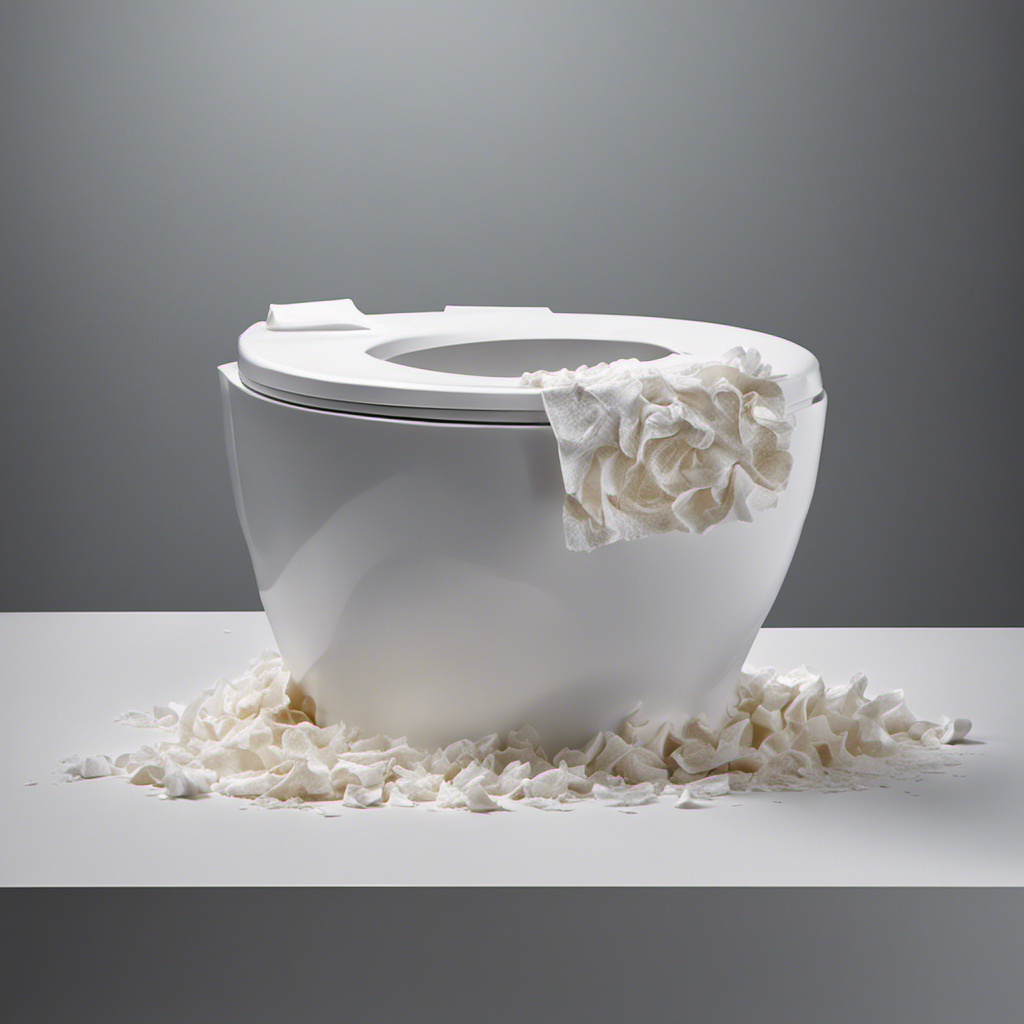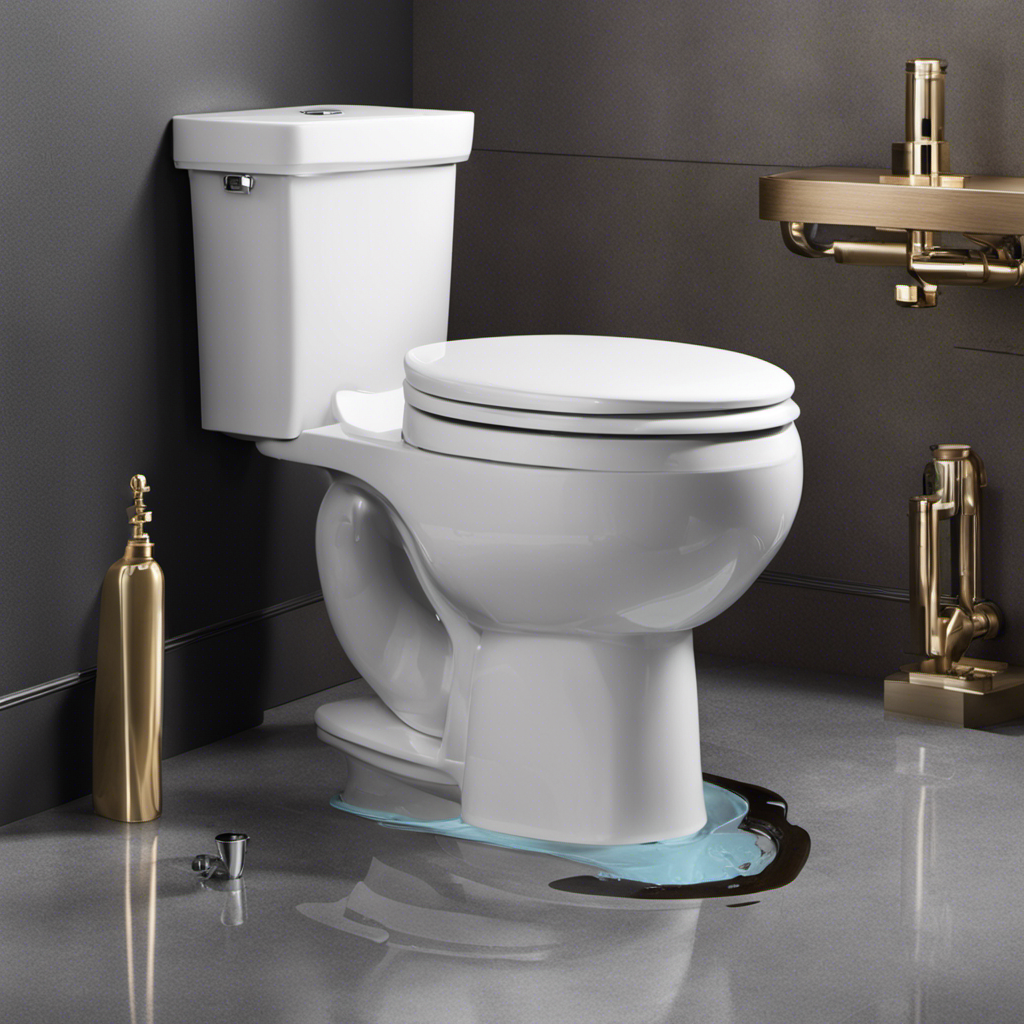I’m no plumber, but when my toilet started leaking from the tank every time I flushed, I knew I had a problem. It was like throwing money down the drain with each flush.
So, I rolled up my sleeves and got to work figuring out the causes and solutions. In this article, I’ll share what I learned about toilet tank leaks, including how to diagnose them, steps to fix them, and tips to prevent future leaks.
Let’s dive in and save some water, shall we?
Key Takeaways
- Faulty flapper valve, cracked porcelain, loose bolts, corroded fill valve, and damaged gaskets are possible causes of tank leaks.
- Signs of a leaking toilet tank include water pooling around the base, continuous or intermittent sound of running water, decrease in water level between flushes, potential damage to surrounding areas, and water waste.
- To diagnose a tank leak, one can observe the water level after removing the tank lid, check if water is constantly draining into the overflow tube, inspect the flapper valve and fill valve for wear or damage, and examine tank bolts and gaskets for signs of leakage.
- Steps to fix a leaking toilet tank include replacing a faulty flapper valve, adjusting the water level to prevent overflow, inspecting and replacing the fill valve if necessary, tightening loose tank bolts, and inspecting and replacing a damaged gasket between the tank and bowl.
Possible Causes of Tank Leaks
One possible cause of a tank leak could be that you’ve got a faulty flapper valve. The flapper valve is responsible for controlling the flow of water from the tank into the toilet bowl. If it is not functioning properly, water can continuously leak from the tank, causing a waste of water and potentially damaging the surrounding areas.
To troubleshoot this issue, start by inspecting the flapper valve for any signs of damage or misalignment. If you notice any issues, you can try adjusting or replacing the flapper valve to see if that resolves the leak. Additionally, check the chain connecting the flapper valve to the flush handle to ensure it’s not too loose or too tight.
Signs of a Leaking Toilet Tank
There are several signs that indicate a toilet tank is leaking when it is flushed.
One common toilet problem is a faulty flush mechanism, which can cause leaks. If you notice water pooling around the base of the toilet after flushing, this could be a sign of a leaking tank.
Another indicator is a continuous or intermittent sound of running water, even when the toilet is not being used.
Additionally, if you notice a decrease in water level in the tank between flushes, this could also indicate a leak.
It’s important to address these signs promptly to prevent further damage and water waste. Calling a professional plumber can help diagnose and fix the issue with your toilet’s flush mechanism.
How to Diagnose a Tank Leak
If you hear a continuous or intermittent sound of running water after flushing, you might have a leaking toilet tank. Common toilet leaks can be frustrating and wasteful, but troubleshooting toilet tank leaks doesn’t have to be complicated.
To diagnose a tank leak, start by removing the tank lid and observing the water level. If the water is constantly draining into the overflow tube, the problem may be a faulty flapper valve. Check the flapper for any signs of wear or damage and replace if necessary.
Another common cause of tank leaks is a faulty fill valve. Inspect the valve for any leaks or malfunctions and replace if needed.
Finally, check the tank bolts and gaskets for any signs of leakage and tighten or replace as needed.
Steps to Fix a Leaking Toilet Tank
To fix a leaking toilet tank, start by removing the tank lid and observing the water level to determine if the water is constantly draining into the overflow tube. If it is, follow these steps to troubleshoot and repair the issue:
-
Check the flapper valve: Ensure that the flapper valve is sealing properly. If it’s worn or damaged, replace it with a new one.
-
Adjust the water level: If the water level is too high, it can cause water to leak into the overflow tube. Adjust the float to lower the water level.
-
Inspect the fill valve: Look for any signs of leaks or malfunctions in the fill valve. Replace it if necessary.
-
Check the tank bolts and gasket: Tighten any loose tank bolts and inspect the gasket between the tank and bowl for damage. Replace if needed.
Prevention Tips to Avoid Tank Leaks
You can prevent tank leaks by regularly checking the flapper valve, adjusting the water level, inspecting the fill valve, and tightening any loose bolts. These simple steps are essential for toilet maintenance and can help you avoid common toilet problems like leaks. Here is a table summarizing the prevention tips:
| Prevention Tips |
|---|
| Check flapper valve for wear or damage |
| Adjust water level to avoid overflows |
| Inspect fill valve for any leaks or malfunctions |
| Tighten loose bolts on the tank |
Regularly performing these maintenance tasks will ensure that your toilet tank remains leak-free. By taking proactive measures, you can save yourself from the hassle and expense of dealing with a leaking toilet. Remember, prevention is always better than cure when it comes to toilet leaks. Stay on top of these maintenance tasks, and your toilet will thank you for it!
Conclusion
In conclusion, dealing with a leaking toilet tank can be a frustrating and messy experience. However, by understanding the possible causes and signs of a leak, you can quickly diagnose the issue and take the necessary steps to fix it.
Remember, prevention is key to avoiding future leaks, so regularly inspect your toilet tank and take proactive measures to maintain its integrity.
As the saying goes, ‘An ounce of prevention is worth a pound of cure.’ So don’t delay, address any leaks promptly to save yourself from a bigger headache down the line.










